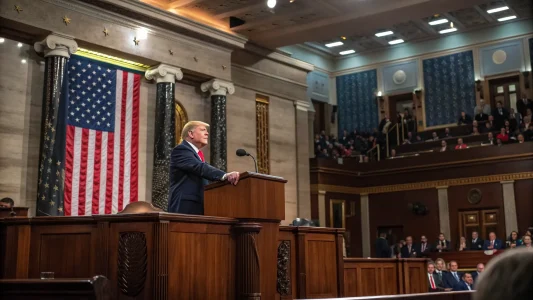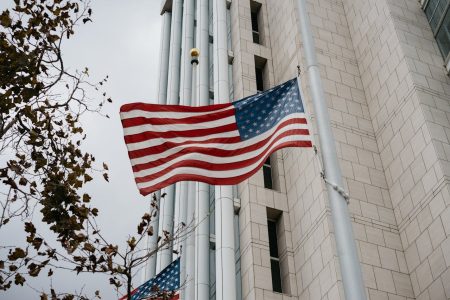Large banks seeking regulatory relief under the Trump administration may win this week as U.S. regulators get ready to consider one of the biggest cuts to bank capital requirements since the 2008 financial crisis. The Federal Reserve will consider a proposal on Wednesday to reduce the enhanced supplementary leverage ratio (eSLR), which mandates that the largest banks hold extra capital based only on the size of their assets. On Thursday, the FDIC will discuss the proposal in its own words.
Currently, regulators require elite firms like Morgan Stanley, JPMorgan Chase, Bank of America, and Goldman Sachs to maintain their eSLR at 5%. According to a Bloomberg report, the proposed change would reduce that requirement by 1.5 percentage points.
U.S. bank regulators moving towards potentially massive rollback
Regulators hope to increase demand for U.S. Treasurys and facilitate bank credit extension by easing this important capital constraint, particularly in light of worries about declining foreign interest in U.S. debt.
As part of a larger deregulatory agenda in line with Trump-era priorities, Treasury Secretary Scott Bessent has previously hinted that regulators were getting close to deciding to relax this rule. “This proposal takes a first step toward what I view as long overdue follow-up to review and reform what have become distorted capital requirements,” said Federal Reserve Board Governor Michelle Bowman.
The proposed change would benefit “the traditional trading banks more than the traditional commercial banks,” according to TD analyst Jaret Seiberg, who called it “broadly positive for the biggest banks.” Bowman stressed that this possible reversal is just the start. The surcharge on globally significant banks and the asset thresholds that establish a bank’s regulatory classification are two additional capital standards that regulators are looking into.
Bank Executives to amend leverage rules
Bank executives, such as JPMorgan CEO Jamie Dimon, have urged regulators to amend the leverage rules, which detractors claim limit flexibility in times of market stress. These restrictions reportedly made it difficult for banks to keep up with the booming activity in the Treasury market during the early phases of the COVID-19 pandemic.
“Simple reforms to return leverage ratio requirements to their traditional role as a capital backstop could improve Treasury market functioning by building resilience in advance of future stress events,” Bowman said.
The Fed also declared it would no longer include reputation risk in bank examinations as part of a larger change. Bowman explained, “Regulations should not be created in a static world of ‘set it and forget it'” while reinforcing that “a solid capital foundation in the banking system is critical to support safety and soundness and financial stability.”
Featured Image Credit: DΛVΞ GΛRCIΛ; Pexels: Thank You!















